The combination of tits and drive can, apparently, cause the internet to crash. In the past six months I’ve watched as publications and writers I admire scrutinize Lana Del Rey for representing a “passive femininity,” gawk at young writer Marie Calloway for sleeping with older, more established male writers and shake their heads at Rihanna for not giving a f*ck anymore and Instagramming intimate moments from her party-fueled lifestyle. What is more controversial than a woman using her sexuality in order to get ahead? I guess, not apologizing for it.
The main reason for feminist criticism in these cases is that the image of sexuality projected by these women doesn’t look “transgressive” — it looks too much like the role assigned by mainstream, for the benefit of the male gaze. These images read socially as “hot,” seemingly heterosexual and femme. I mean, I love it when women rock the boat with their sexual expression. I enjoy the “man repeller” fashion trend, I like seeing stars like Amy Poehler not in suggestive poses on the pages of magazines, I like the ugly-funny sex in “Girls.” But I also think there should be room for more. Why can’t a fantasy-driven femme, submissive, seemingly heterosexual display of female sexuality be a genuine one? Why can’t the image of a self-destructive Lana Del Rey in heart-shaped sunglasses be one of her own creation?
With those questions in mind, click through for a celebration of famous women who are using their sexuality and not apologizing for it.
Contents
Courtney Love
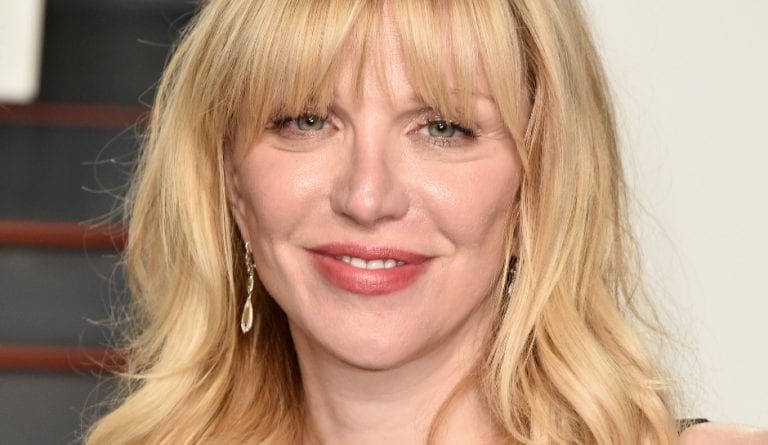
When Love’s star was rising in the early ’90s (and I mean, pre-Kurt) she was associated with the Riot Grrrl movement. Her songs had the right aesthetic and lyrics. Is she pretty on the inside? Is she pretty from the back. Riot Grrl was all about exploring the personal, the feminine and especially things like body image, which Love wrote about often.
But the Riot Grrls didn’t embrace Love. “They said my feminism came in a weird brand,” Love said. I guess, in a nut-shell, Courtney Love wanted mainstream fame and was willing to get plastic surgery to get there. My favorite yarn though is that Courtney Love once lied to a member of the band Faith No More, about sharing his birthday, in order to become their singer. It worked.
Like Bikini Kill frontman and Riot Grrrl-er Kathleen Hanna, Love was also a former stripper. Why can’t we be pro-women-wielding-their-sexuality to get ahead for the same reason we are pro-sex-work? Why not subvert the system and use it for your own gain, your own art? Why can’t that be a woman’s choice?
I’m going to quote this awesome internet essay on Love, which nicely sums things up: “Love did not subscribe to the school of thought that paired commercial success with a notion of ‘selling out.’ Riot Grrrls conversely thought that if a band made ‘a song that had the potential to be a commercial success was to compromise [the band’s] artistic integrity’. This is rightfully considered to be absurd by Love … By Riot Grrrl logic, the band should pretend they can not play their instruments to preserve their authenticity … to do such a thing would play into feminine stereotypes that suggest women are incapable.”
Lady Gaga

When Gaga first emerged there was a lot of talk about how one couldn’t get a real read on her sexuality, how she appeared somehow queer or asexual. Perhaps Gaga has settled into herself, or maybe we just know her better, but I have a hard time imagining Gaga walking into any NYC bar and not being immediately hit on. And sure, by men or women.
Here is what Lady Gaga had to say about using her sexuality in her work: “Sexuality is half poison and half liberation. What’s the line? I don’t have a line.”
Hannah Wilke
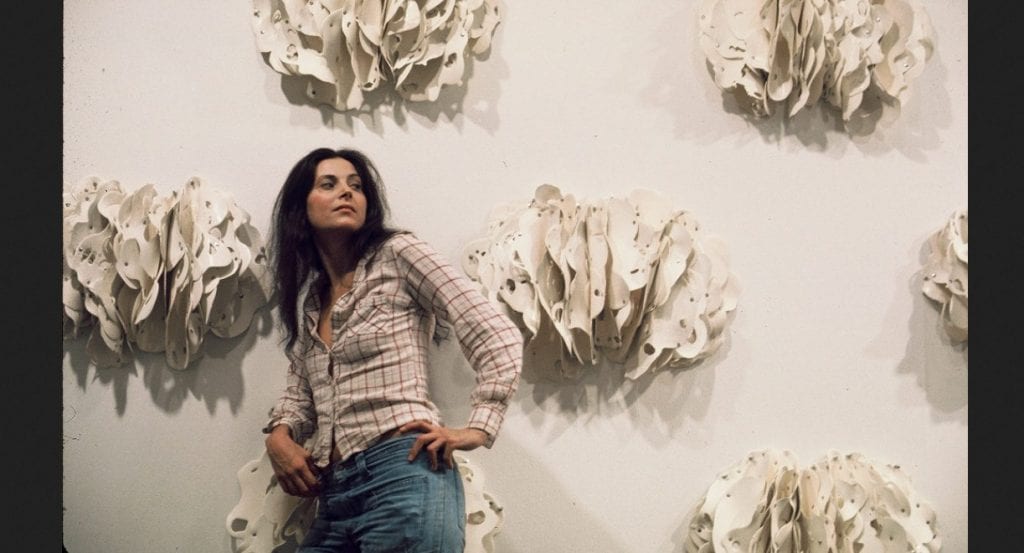
Hannah Wilke is probably most famous for her nude self-portraits in which she covered her body in miniature vagina-shaped scabs made from gum. In these self-portraits, Hannah often appears in pin-up or glamour poses. Which, I suppose is why critics endlessly referred to her work as narcissistic and why some feminists of her day wrote Hannah’s work off.
Writer Chris Kraus said of her work, “Like every other work of art, Hannah became a piece of roadkill for the art press jackals. Torn literally apart. Her naked body straddling interpretations of the hippie-men who saw her as an avatar of sexual liberation and hostile feminists like Lucy Lipp who saw any female self-display as patriarchal putty … As if the only possible reason for a woman to publicly reveal herself could be self-therapeutic. As if the point was not to reveal the circumstances of one’s own objectification.”
I want to give that last sentence a hug.
Lana Del Rey
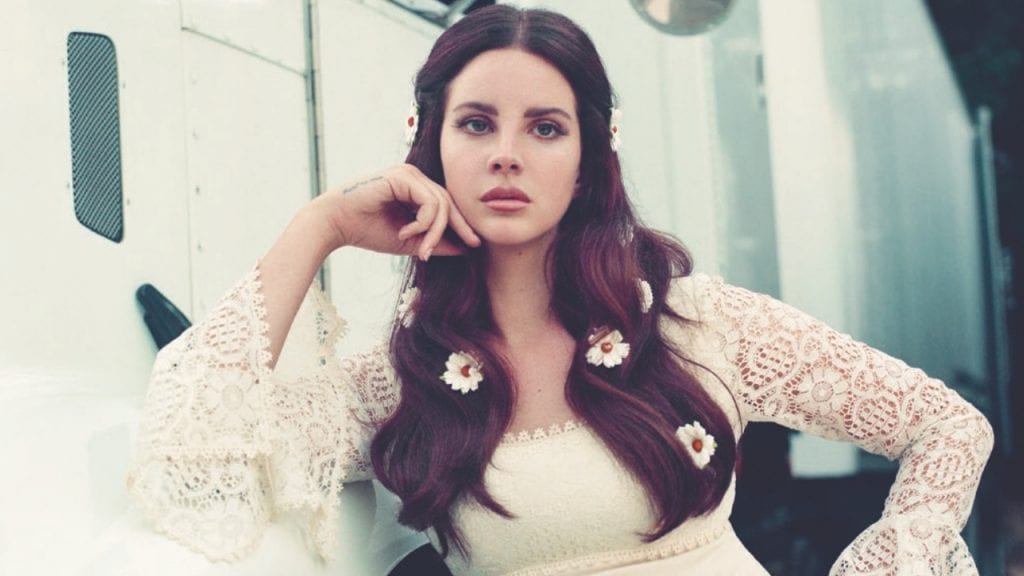
Lana Del Rey likes to sing about herself, the image and fantasy of herself and the costumes she’ll be wearing — white bikini, red dress, heart-shaped glasses. Honestly, I like her for it. When it comes to Lana Del Rey and her “passive femininity” (that seems to be the criticism that makes the most sense, at least) I feel similar to the way Chris Kraus felt about Hannah Wilke. “As if the point was not to reveal the circumstances of one’s own objectification.”
Lana Del Rey’s lyrics may not be completely self-aware, but I would have a hard time believing she doesn’t see these characters as somewhat trapped by objectification. Her songs are about heartache, about being femme. I like that Lana Del Rey has created these characters centered around longing for a man and “female passivity.” I feel like she has captured something real, something like … well… “the circumstances of one’s own objectification.”
I think of all the women attacked recently on the internet, the hatred furled at Lana has been the loudest. In February, I was at a fancy, Manhattan book party and someone was telling me how they’d wound up at a dinner party with Lana Del Rey. They said Lana was very aware of how critics view her (poorly, with scorn) and obviously, felt miserable about it. I felt for her, Lana Del Rey is being torn literally apart by internet commentators (and often under this guise of “pop culture criticism”) and I thought, Can’t we do better?
Marie Calloway
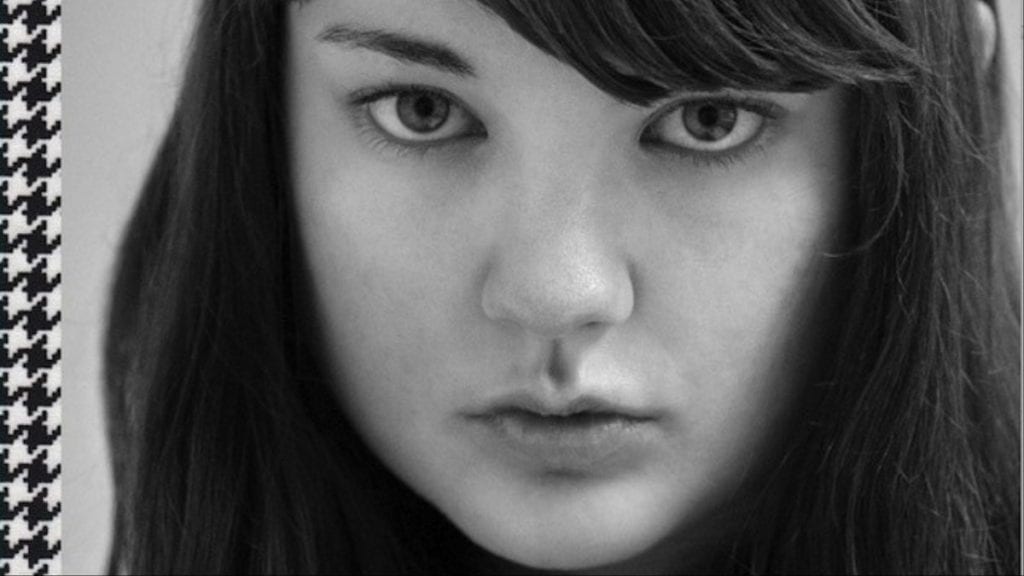
I’m calling it. Marie Calloway is the literary Lana Del Rey. Her writing first received a mass of internet haters when her story,” Adrien Brody“ which earned her a profile by the New York Observer titled “Meet Marie Calloway: The New Model for Literary Seductress is Part Feminist, Part ‘Famewhore’ and All Pseudonymous.” She later wrote about another decidedly famous male writer and strange intimate relationship that ensued between them for VICE.
In a (NSFW) piece called “Criticism” she tackles things feminists have said about her that range from “Marie Calloway makes me embarrassed to be a female writer in my twenties” to “Maybe we shouldn’t give them what they want all the time. Give them our beautiful legs open and lonesome. Let’s give them furious, witty, enraged words and see if it tickles their fancy.”
I don’t think Marie is giving anyone want they want. Her pieces are uncomfortable, they are raw and she comes across as a three-dimensional woman who is both broken and self-aware. One of the things you’ll constantly hear about Calloway is that people “read her piece in one sitting,” despite their length. Sometimes they will say this before attacking her. But obviously, we devour the pieces because they are new and exciting. She reminds us that as women we don’t have to be likeable, and that we should never apologize for writing about uncharted emotional terrain or sex.
Over instant message, Calloway told me the attacks feel specific to her being a woman. She said, “There’s no way to avoid being called an attention whore or fame whore [as a woman].” Also, she is 22. Which I, for one, find exciting.
Marina Abramović
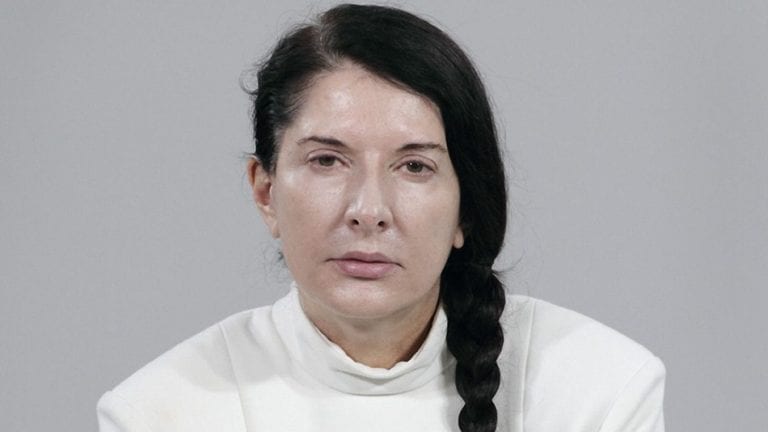
Marina is the “Grandmother of Performance Art” and her best known piece was one in which she laid completely passive on a table and invited the viewers to do things to her. She had set out things that might be feel or horrible: Roses, honey, feathers, a whip, a scalpel, scissors, a gun and single bullet. As she laid there, the audience cut up her clothes, stuck her with thorns and one man held the gun to her head.
Madonna
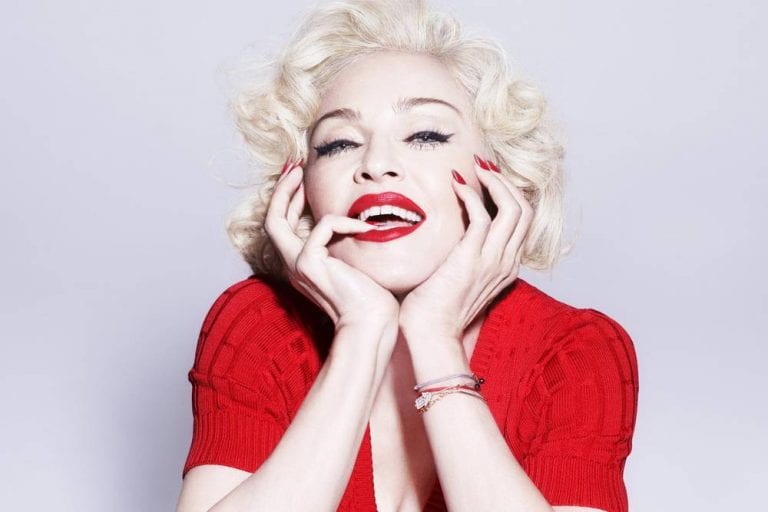
Obviously! Madonna performed “Like a Virgin” on MTV in 1984. It was the kind of controversial performance that would be considered a “height of career” for most artists. But Madonna, to me, came to full crowning glory in the ’90s. It was in 1992 that she wrote SEX, which accompanied her fifth album, Erotica. This was arguably a height — at least in my sex writer mind– and she was 33.
According to Wiki, “Warner Bros. Records and Time Warner executives were reluctant to allow Madonna to create such a book, and although they eventually gave her permission, they remained greatly opposed to the idea.”
Because her record company was trying to put restrictions on her, she founded Maverick, her own multimedia entertainment company, and ended up retaining full creative control. Let me break it down for you: Madonna had creative control in promoting her version of sexuality. This was her artistic vision, though, of course, this was also about her making a lot of money.
Fun fact: Warner Bros made Madonna promise there would be no images in her book depicting “children, religious imagery and bestiality.” However, since she ended up with the creative ball in her court, Madonna included religious imagery as well as one that appears to include an act of bestiality but according to Wiki is an optical illusion. “A photo of her kneeling on the ground with a dog underneath her on its back, creating the impression that she is straddling the animal while it is giving her oral sex. However, should one look closely at the photograph, one will see that Madonna is not straddling the dog’s head at all, but rather kneeling on both knees beside the dog.“ Thanks Wikipedians.
Rihanna

The singer recently Tweeted, “There is no such thing as a bad role model. Either you are a role model or you aren’t.” And like Madonna before her, I think Rihanna’s sexy Twit pics are as much a “f**k off” as they are about her knowing she will also, probably, make money off these images.
I do find this obsession with stars being role models interesting. Why, even in feminist spheres and on womens’ websites, do we seem to quick to box women into Good Girl or Bad Girl categories? And how is this any different from the misogynistic Virgin/Whore dichotomy? Just a thought.
Jenny Morgan
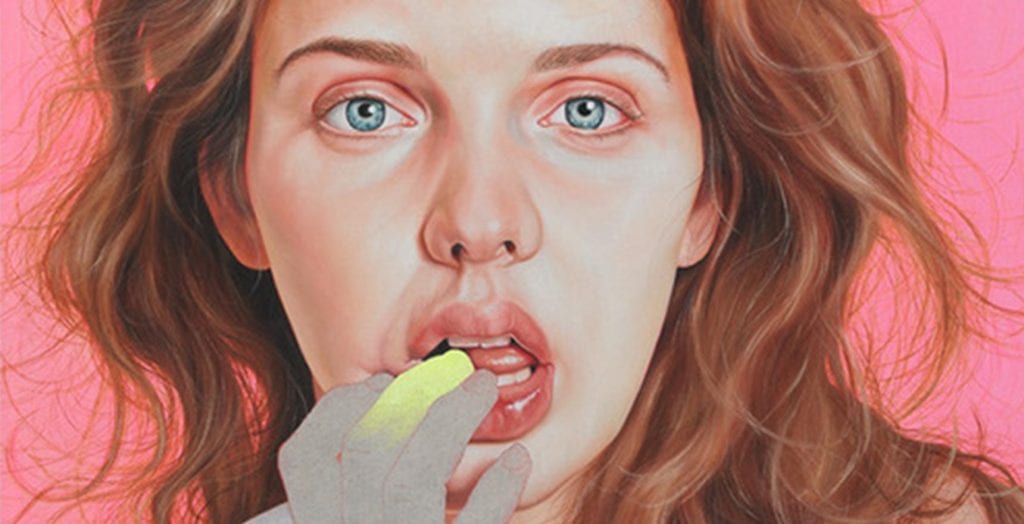
I am mostly including Jenny Morgan in this roundup because I really like her, but also because she includes her own nudes in her pieces. The first time I saw her paintings at the NEXT show in Chicago I gasped and couldn’t look away. Jenny creates these hyper realistic paintings (almost like photo realism but the pieces seem more concerned with something emotional and dreamy and psychedelic than hyper reality).
I found this quote from Amelia Jones about Hannah Wilke earlier, but I think it can apply to any young, attractive woman who uses her nude body in her pieces. “The female narcissist is dangerous to patriarchy because she obviates the desiring male subject (loving herself, she needs no confirmation of her desirability from him).”
Barbara Smith
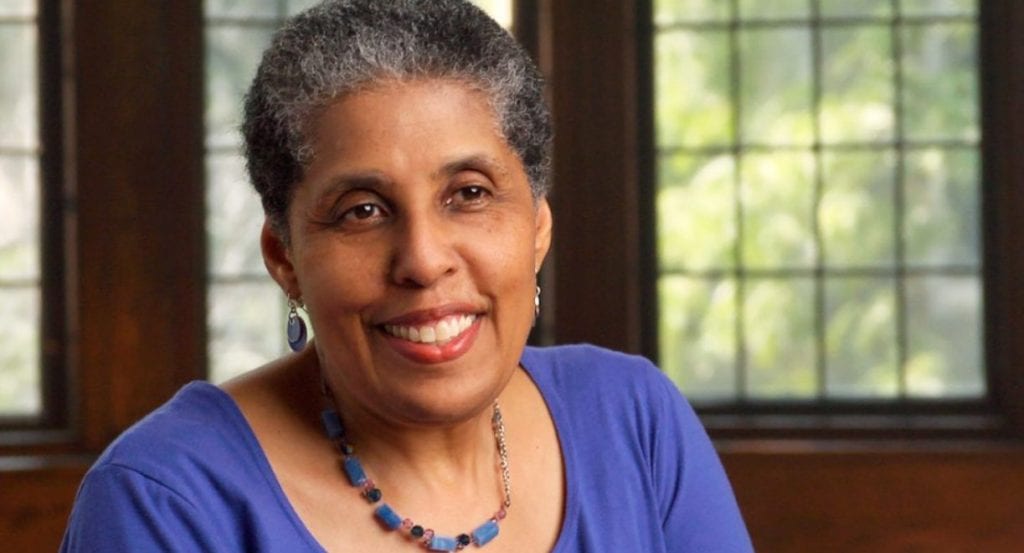
During a San Francisco art show in which male artists drank beer and urinated on things, Barbara Smith set up a dream-like room filled with music, books, shawls, essential oils among other things and asked audience members to feed her. She had laid out marijuana, tea or wine. According to this site, Barbara’s intentions were to represent a multitude of feminine roles: Paramour, mother, artist. The idea being she could be all of them at once.
According to the art historian Jenny Klein, things got fascinating when Smith and a young male viewer joined hands and began moving together, rocking in the room, they were working on “attaining a transported state” until his jealous girlfriend burst in. Klein said, “Smith later told Moira Roth that [the piece] occurred in a space that was not quite acting and yet not quite ‘real’ life either. This point was brought home to her by the girlfriend’s inability to distinguish between art and ‘reality.’”
Ana Mendieta
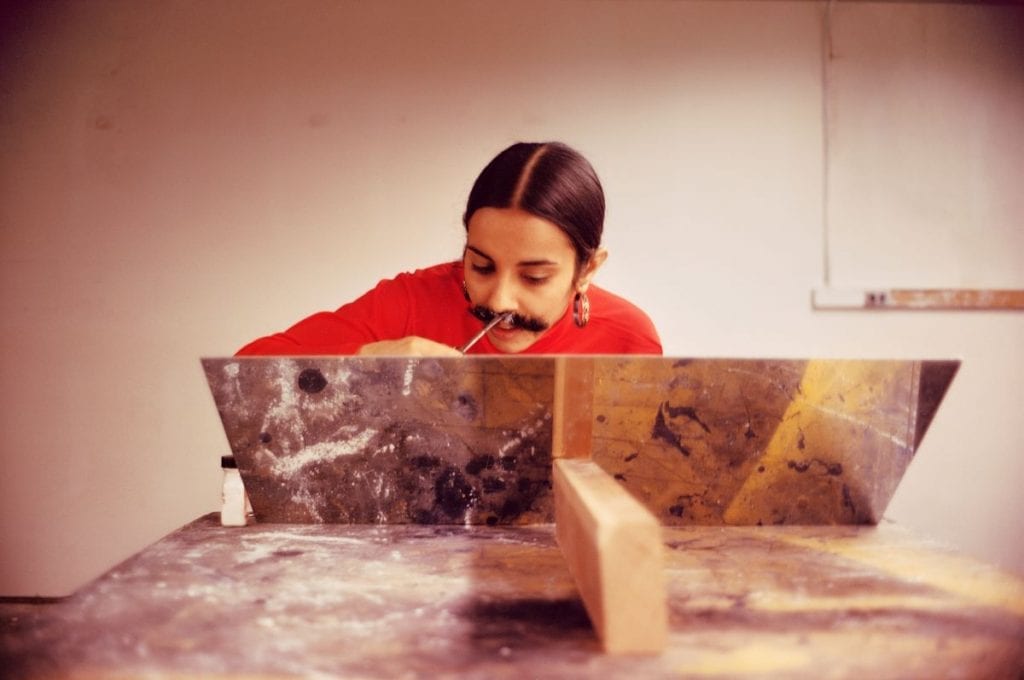
After a highly publicized 1973 rape at Iowa University, Ana Mendieta (then a student) invited her fellow students over. She left the door ajar and set up the piece known as “Untitled (Rape Scene)” in which she was stripped from the waist down and smeared in blood. She laid motionless on the bed, as the students entered her apartment. The scene had been recreated according to what she’d read in the press about the rape on campus.
Amanda Lepore
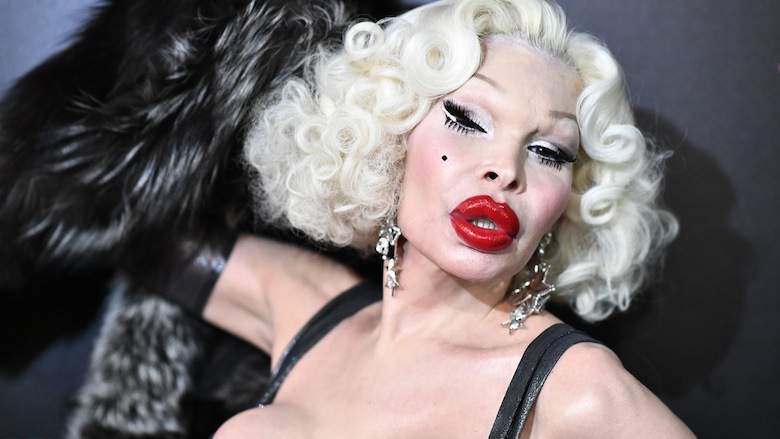
I cannot think of a woman who wears her sexuality more proudly in her work (modeling, hosting, musing) than Amanda Lepore. In a YouTube interview, Lepore said, “Transexual women, many of us have an overt sexuality because it is conscious. Whereas natural born women might not have to think of it.”
That said, the idea that women can’t choose to be feminine or that this is purely patriarchal seems silly. I’ve often heard it said that “sex is between your legs gender is between your ears.” Many feminists say that gender is a social construct, and something we should get rid of. But perhaps the idea of sex is what we need to cast off. Gender can be a cool and fluid thing to play with, to express oneself with.
